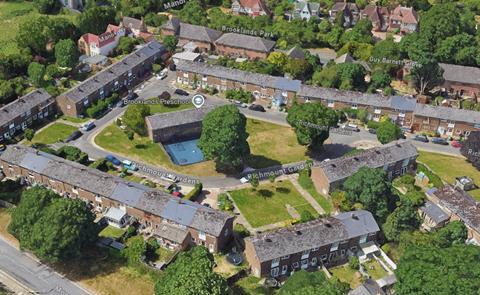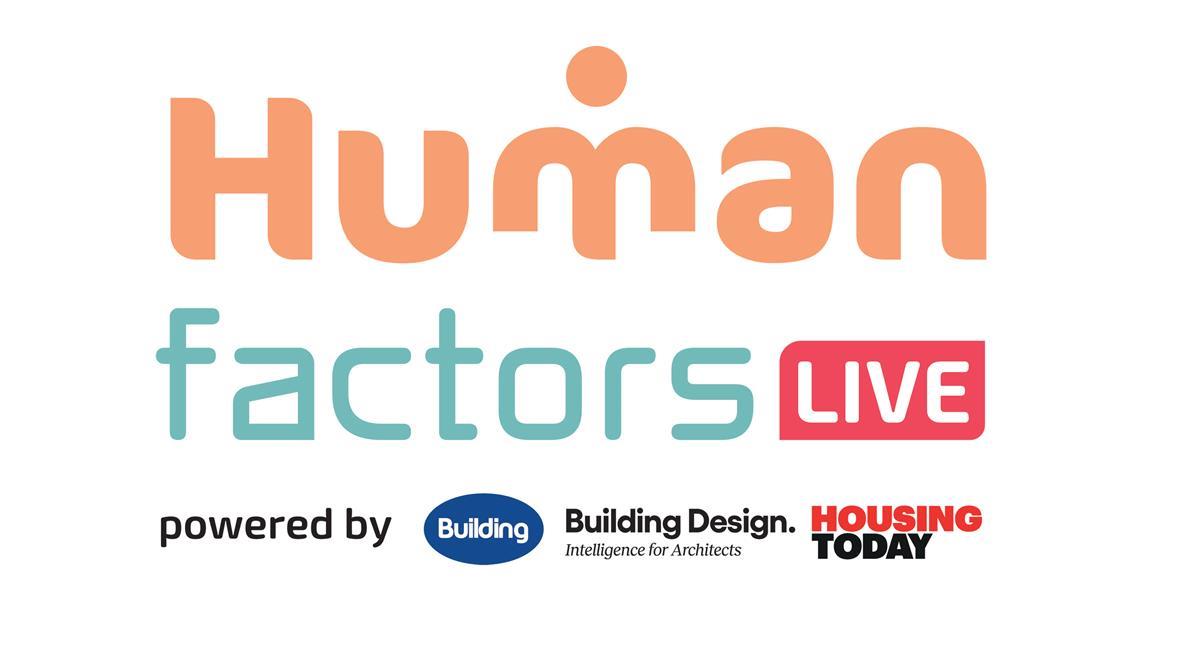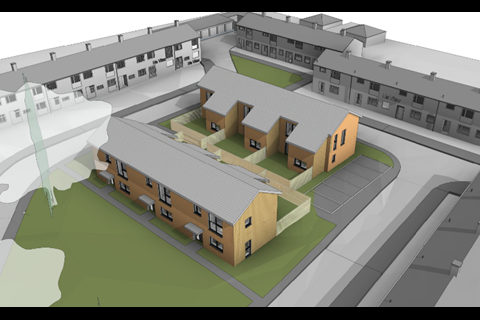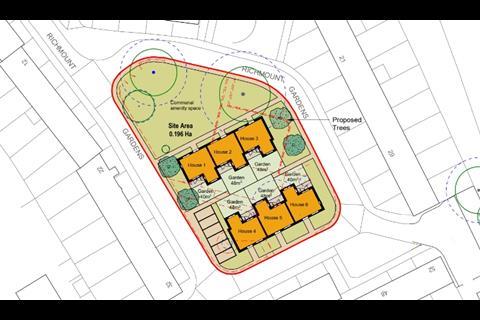As infill developments surge in response to London’s housing crisis, the case of Richmount Gardens highlights the costs to community spaces and social infrastructure, writes Trevor Morriss

Before I do something highly unusual and criticise a consented scheme, I should make it known from the outset that while I know Richmount Gardens from a happy childhood spent in south-east London, I have no project interest in its redevelopment. I’m not an ‘on-paper’ objector or a consultee. I am but a bystander, albeit a frustrated one.
Frustrated, because infill is increasingly promoted as a solution to a deepening housing crisis, despite – as in this case – being blatantly detrimental to the welfare of local communities. It is now over six months since I attended a planning committee meeting in the Royal Borough of Greenwich, and yet I am still thinking about the decisions made that evening.
For context, I happened to sit in on a resolution to grant permission for a small-scale development at Richmount Gardens, part of the well-regarded post-war Brooklands Park Estate housing scheme in Blackheath. Replacing the village green, the plans will see a vacant community centre – home to a rare early mural by British artist and sculptor William Mitchell – a children’s play area, and the surrounding open space replaced with six affordable three-bedroom houses.
And though the community centre housed a nursery as recently as 2017, and received a £6,000 refurbishment that same year, its restoration was nonetheless deemed unviable after falling into disrepair under council ownership. This was despite the community’s stated willingness to revitalise the site through a new use – whether as a foodbank, a reconstituted nursery, or otherwise.
It would be easy to dismiss the intense public opposition the proposals received as NIMBYism. But the concerns raised by residents illustrate a wider problem of social infrastructure’s perceived secondary importance to community cohesion, and how infill development often comes with compromise to already limited local amenity.
Notably, objections were not made on the principle of increasing affordable housing supply – which was welcomed by the local community – but the unsuitability of the site itself. That the village green was originally left free from housing is no accident. Instead, it plays a central role in the design of the wider scheme.

Richmount Gardens is exemplary of the post-war egalitarian ethos outlined by the Ministry of Health’s 1944 Design for Dwellings. Examining the failings of interwar housing estates, this identified a lack of attention paid to the provision of amenities – including, crucially, smaller open spaces – and set out a vision for homes laid out around churches, shops, schools, and community centres. By locating these facilities at the centre of schemes, it was understood that opportunities for chance encounters would allow residents to interact in ways they would not otherwise, strengthening community ties.
Like other schemes of its time, Richmount Gardens’ cul-de-sac community was deliberately designed with the village green at its heart. Reaching it does not require crossing major roads, increasing its accessibility for the elderly and children. The surrounding houses overlook the green to enhance its safety by deterring antisocial behaviour. In contrast, the smaller site north of the development, where the children’s play area is set to be relocated, does not benefit from this carefully thought-out design. And as pointed out by the Twentieth Century Society, the mural is an intrinsic part of the community centre, intended as artwork to be seen by, and lift the spirits of, the post-war community in situ.
It’s not surprising that local authorities are resorting to infill developments like these to meet their need for new housing, with a further 22 sites designated for similar use in Greenwich alone. Current Green Belt restrictions and the inherent politicisation of more comprehensive development have resulted in a scramble for otherwise unsuitable inner-city sites. At the same time, smaller sites typically enjoy an easier ride through a complex planning system and avoid the challenges posed by larger plots split between multiple landowners.
But by focusing on infill, we lose sight of the wider benefits that comprehensive development creates. Six houses on their own won’t solve the housing crisis, but they will make a successful post-war residential neighbourhood less community-focused – benefiting neither old nor new residents.
At the same committee, a private scheme was approved despite having no affordable housing provision, suggesting a wider problem in the way we approach the housing crisis. In the context of a chronic undersupply of land, how can we boost the supply of affordable housing in a meaningful, strategic way, rather than resorting to piecemeal opportunistic development that barely scratches the surface of the problem?
What is clear is that the new government must prioritise a review into growing the delivery of appropriate, wholesale regeneration of low-quality estates to create greatly improved, high-density local authority housing. Such a move would make huge inroads towards upgrading some of Britain’s notoriously poor-quality stock while providing the scale required to seriously tackle a shortage of housing head-on. Density will be key, increasing the number of homes while paying for improvements – including higher-quality design materials – and surrounding social infrastructure. Most importantly, the local community must be factored into the design process. A return to the post-war ideal of an egalitarian society should not feel like a far-fetched dream, but rather an essential part of our design consciousness and decision-making.
Once completed, Richmount Gardens’ redevelopment will reduce the scheme’s total green space by 64%. Only a few years after the pandemic laid bare the importance of regular, accessible green space to health and wellbeing, surely open space should be seen as part and parcel of – rather than contrary to – community creation? A severe shortage of available land may make infill housing seem the only option, but homes on their own do not make a community. We need solutions that provide both the number of homes required and the necessary social infrastructure to support their residents in the short, medium, and long term.
Postscript
Trevor Morriss is principal of SPPARC Architecture


















2 Readers' comments